Back in April, I was interviewed about my thoughts on the environment, our federal lands, and the threats that they face, which includes privatization. The piece hasn’t been published, yet. I’m looking forward to it when they do. One of the questions that I was asked was, and I’m paraphrasing, are nature photographers doing anything on a whole to speak out about the environment or doing any advocacy?
This was a question in response to the current federal administration policies about the environment, the park service, the forest service, and our federal public lands. It got me thinking about what I’m seeing from nature photographers, and it isn’t much.
I wrote back to the journalist:
I haven’t seen any unifying messaging from nature photographers or anything like that. What tends to happen on the internet is that when nature photographers post about the environment or “politics” they get attacked by some of their fans. I think that has a silencing effect on photographers. They’ve worked very hard to be able to support their families from what they love doing and don’t want to risk losing it.
On social media and elsewhere, I’ve written about how I support our public lands and had people say they weren’t going to follow me anymore. I’ve written about how I don’t think that copper-sulfide mining is compatible with northern Minnesota and that it shouldn’t be done in the Mississippi River watershed, the Boundary Waters watershed, and the Lake Superior watershed (foreign-owned copper-sulfide mines are proposed in all those watersheds) and people have said that they weren’t going to follow me anymore.
I’ve heard the same from other photographers. If they speak out, people claim they won’t follow them anymore. People have even had the gumption to say that I should just post pretty photos and keep my opinion to myself because they don’t come to me for my opinion. Somehow they failed to see that they were offering me their opinion. On social media, I now just delete or hide their comments and block them.

When I worked in retail management, I had to listen to people (sometimes yelling at me) about whatever problem they happened to have at the store I worked in, and due to the company policy I’d try to fix it. Maybe we kept them as a customer. Maybe they would say they were never shopping there again, but I’d often see them back in the store after saying the latter.
Back then I came to the conclusion that many people believed that threatening someone’s bottom line was the greatest threat they could ever make, and now that popularity on social media has become a commodity, those same type of people think that threatening someone’s follower count is one of the greatest threats they can ever make. It’s the same idea behind the idea of “I’m voting with my wallet.”
That doesn’t work with people living artistic lives.
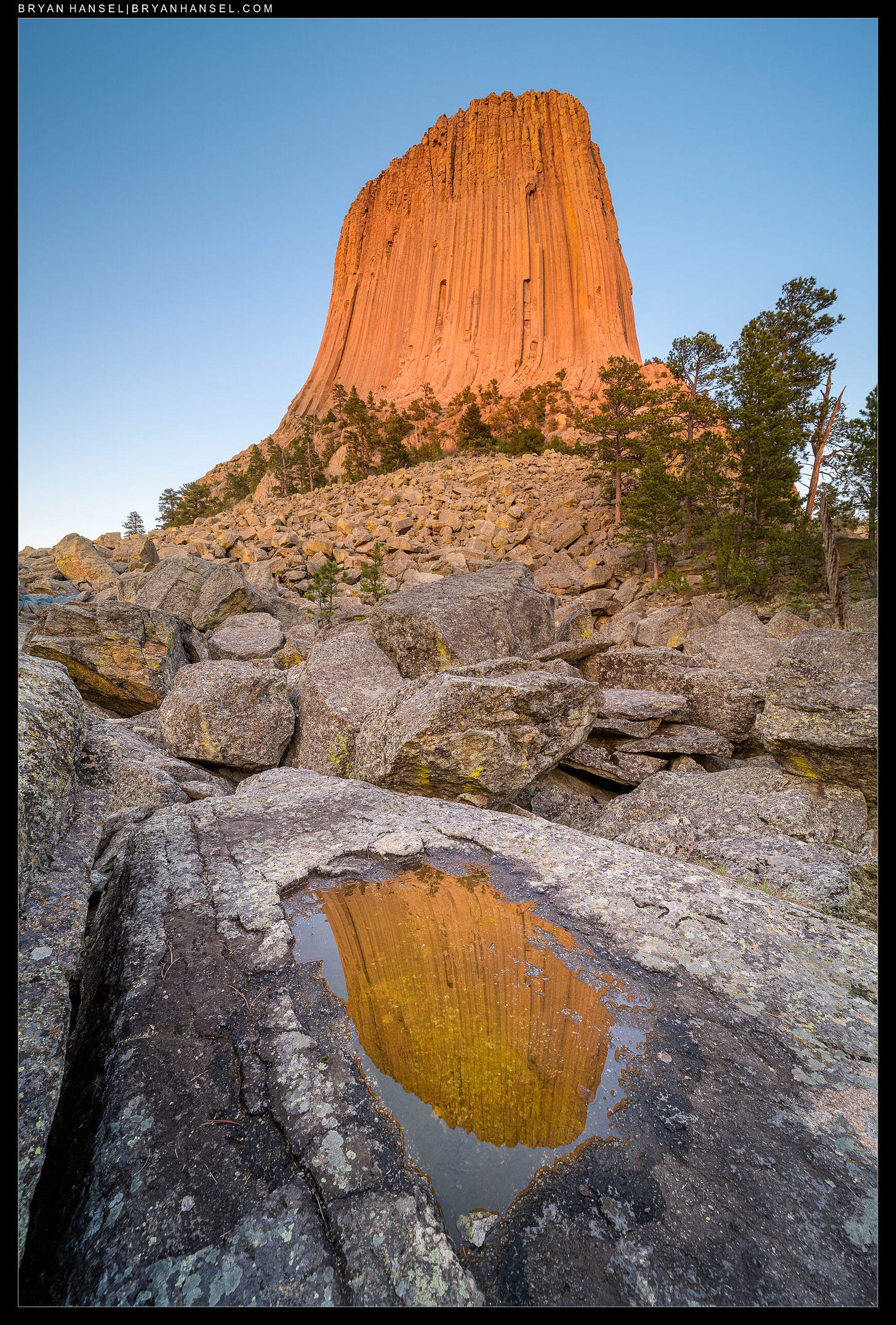
While I like being able to support my family with the money I make from teaching photo workshops, the money isn’t as important to me as preserving our public lands for the unborn future generations.
My philosophy in photography and in my life in general has always been to get more people into the outdoors so that they fall in love with the outdoors and want to protect it. Nearly everything I’ve done in my adult life has been done because of that belief. Earning a living at it makes me more effective in reaching that goal. But, without public access to public lands, I think all our lives wouldn’t be as rich as they are. So I speak out about the environment when I want, how I want, and will continue to do so until I can’t speak anymore.
If that costs me fans, I probably wasn’t going to reach those people anyway. But I’m not selling out my core life philosophy and personal beliefs for a few bucks. I’m going to use my photography to continue to speak out when and where I can. Hopefully, I make you fall in love with the places that I love, and hopefully you’ll want to protect them, too. If I’ve accomplished that for even one person, I’ll feel that my life was worth it.
A second part of my answer was this:
In the past, we saw Ansel Adams stand up for the environment, so there’s a template for activism among photographers. I hope more photographers embrace it regardless of the business costs to them. We’re the frontline and have the ability to influence message framing in a way that can impact the debate over public lands. We show how beautiful these landscapes are to the public who owns them. That’s a powerful message. Even adding to a caption a phrase like “this is your land” can influence what people think. Besides, the vast majority of Americans support protecting our public lands, managing them responsibly and keeping them public. Trump and his crew are in the minority on this issue. Unfortunately, they currently have the power and don’t care what the public thinks.
You could argue that Ansel Adams’ advocacy and the interview that he did with David Sheff during the Reagan administration helped save outdoor spaces. That interview sparked a national conversation about what the Reagan administration was doing to the environment and helped change the course. Had he not spoken out, we might have lost Wilderness Areas by the 2000s, which is what they had wanted.
Here’s a small excerpt from the interview, but Adams also worked in environmental advocacy in other ways including using his images to help win fights for protecting what are now considered national treasures, but back then unprincipled men only saw them as commodities to be exploited.
DS: There are, of course, countless specific environmental battles under way around the country, but is there an over-all issue that you feel is most important?
ADAMS: There is an over-all issue: If you have the proper definition of environmentalism and understand that, then all of the problems can be related to that. We must acknowledge that the environment is deteriorating. If we do not preserve it now, it will be too late. We must understand that this is not merely an aesthetic question but one that will effect our lives and the lives of our children.
DS: What is the most critical fight now?
ADAMS: To save the entire environment: wilderness protection, proper use of parks, breakdown of Federal operation of the parks in favor of private interests, acquiring new park and wilderness land, unrestrained oil drilling and mining on land and offshore, etc.
I think as nature photographers that we can look back at the work that Adams did, and proudly follow his path in the coming years. He wasn’t afraid of speaking out for what was right, and he used his landscape photos to help influence people.
All nature photographers can speak out to help save the environment, and I think they should.
Until next time
I hope you enjoyed this essay, and I’ll see you again in two weeks. Until then here’s a parting shot.
p.s. I opened up registration for my Bayfield Peninsula Photography Workshop – Seascapes, Landscapes & Lake Superior. It’s almost full, so if you want to get a spot act soon.

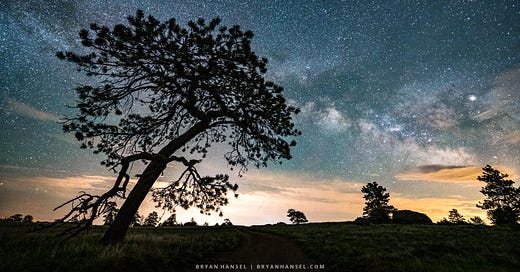

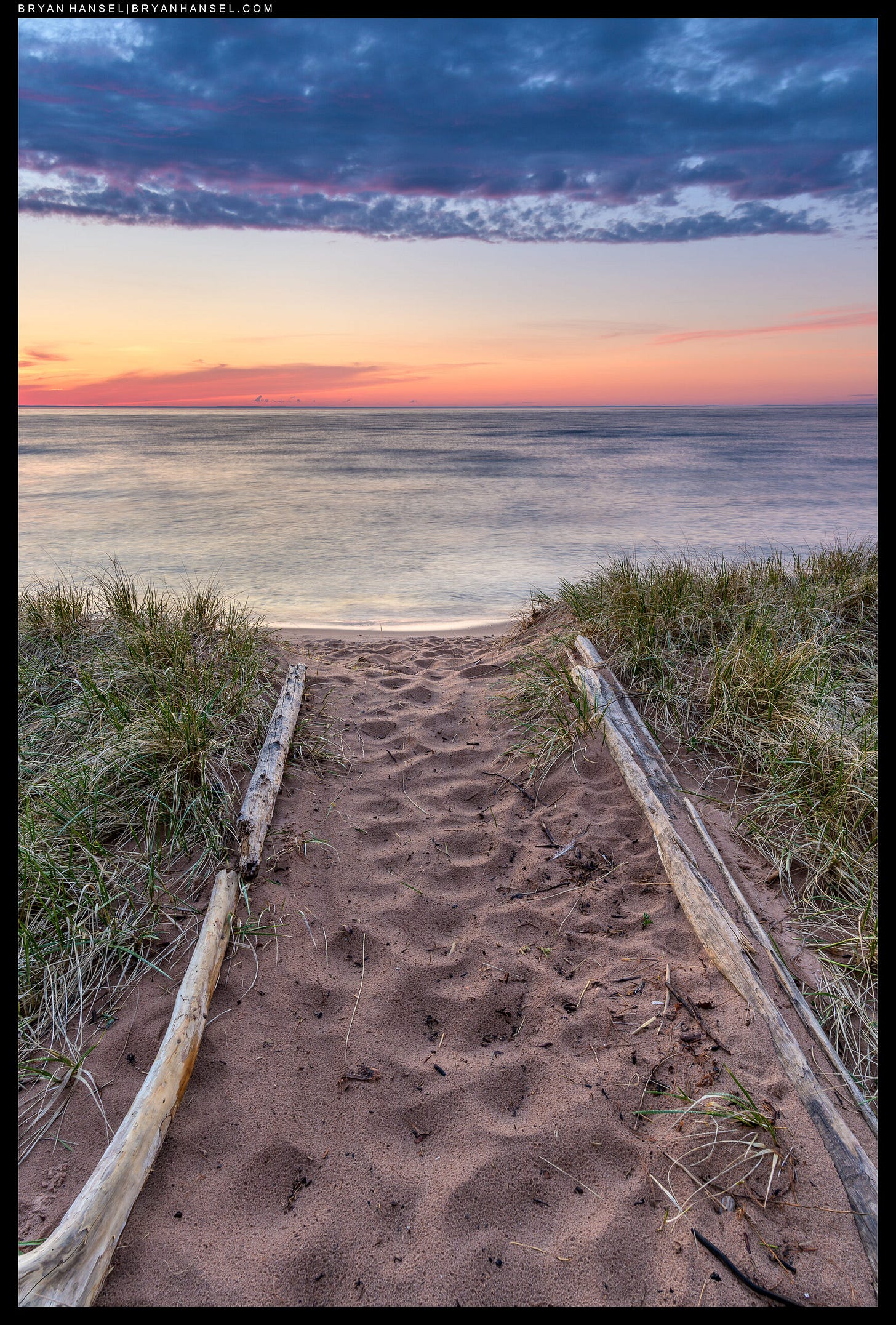
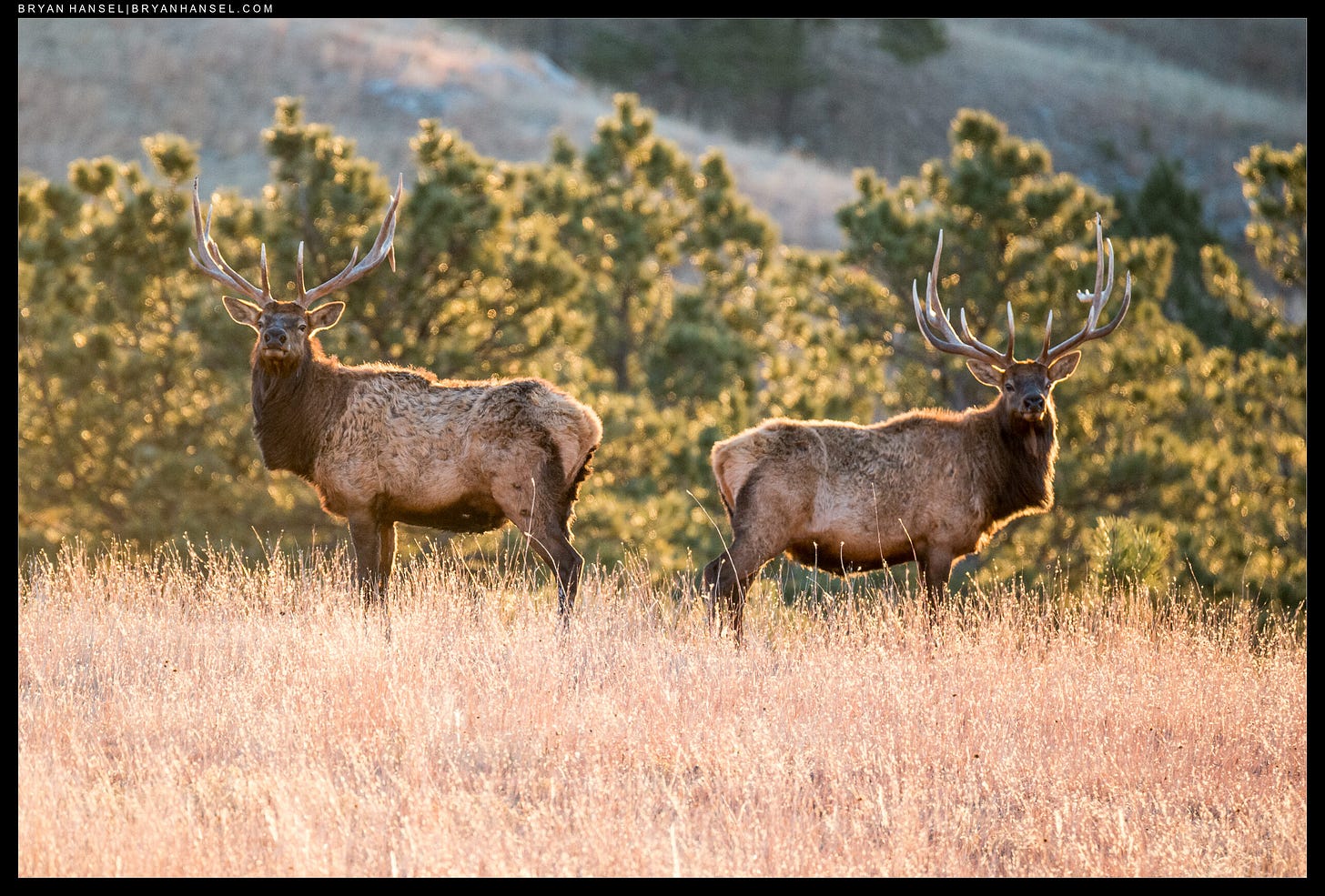
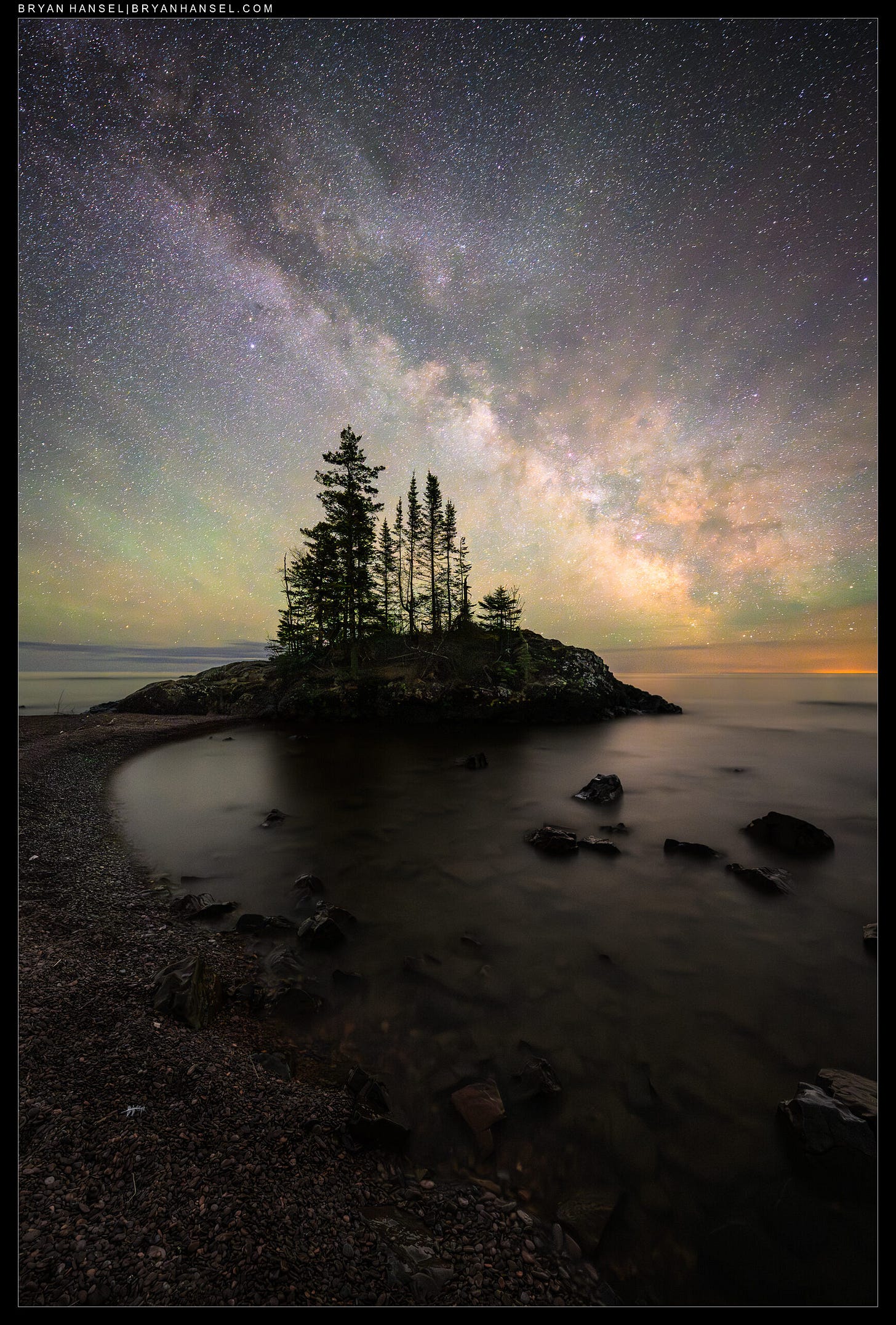
Made me check out your workshops. For every person who unfollows you, there will be someone new who admires your courage and honesty and begins following you.
My first job as a geologist was searching for copper sulfide deposits. On one job, I was the liaison to the forest service. They praised my work surveying in a road to a drill site with the loss of only a few trees. The drill crew did not like all the curves and bulldozed straight to the site. My heart was broken. I gave up economic geology and became an experimentalist looking at ways to use atomic defects in crystal structures to reveal the history of rocks along major fault zones. That change of career was certainly an economic loss. But it was a spiritual gain. Keep up the fight for the environment!